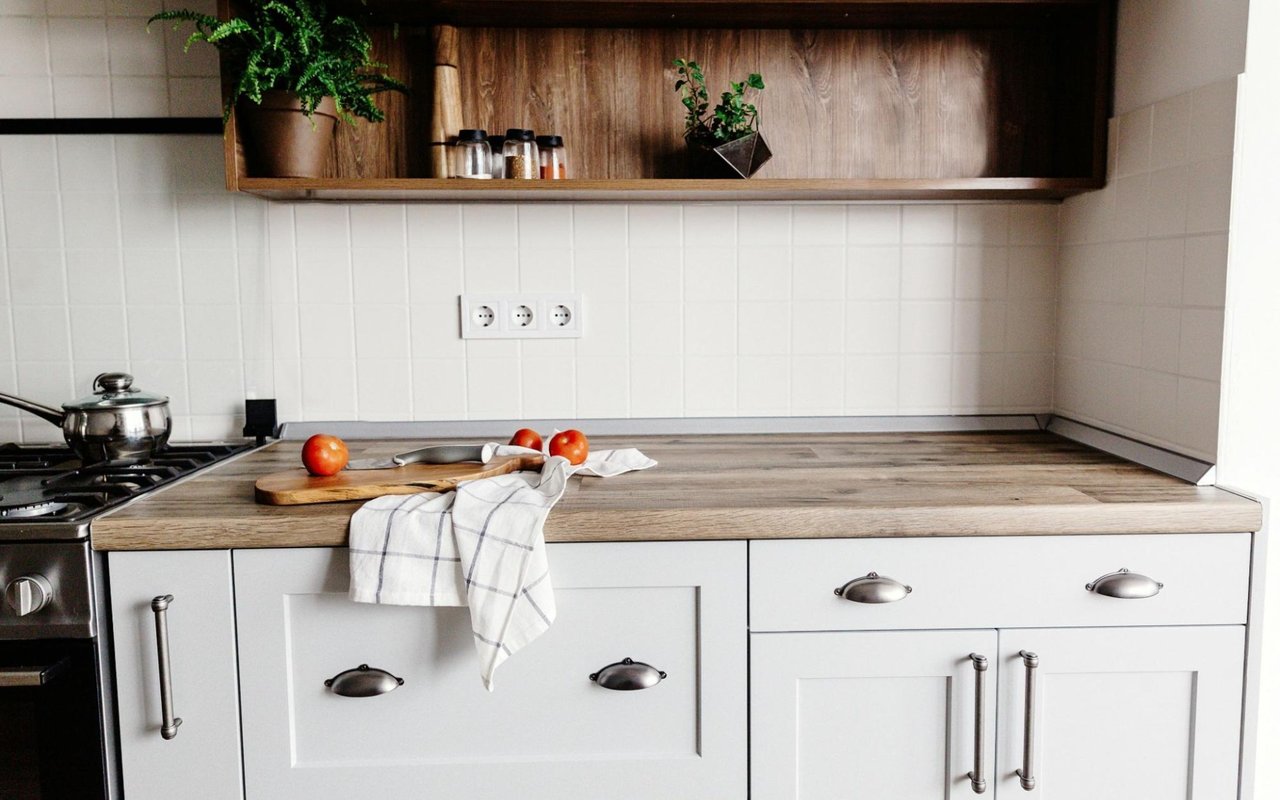When assessing a home’s market value, one often-overlooked factor is the property’s age. The age of a home can significantly impact its resale value, influencing everything from buyer appeal to maintenance costs. Both older and newer homes have unique qualities that may appeal to different buyers, so understanding the influence of home age on market value is crucial for anyone navigating the real estate market. In places like Southlake, Texas, where properties vary in style and age, knowing the value implications of a home’s age can be the key to a successful investment.
The Appeal of Newer Homes
Newer homes, typically those built within the last 10-15 years, offer several benefits that appeal to today’s buyers. Often, these homes come with updated designs, energy-efficient features, and fewer maintenance concerns, all of which add to their market appeal.
- Modern Amenities and Energy Efficiency: Most new homes are built with contemporary floor plans, which feature open layouts, larger kitchens, and energy-efficient appliances. Many buyers prefer the functionality and convenience of modern features, making newer homes particularly attractive to those seeking move-in-ready options with lower utility costs.
- Lower Maintenance and Repair Costs: In newer homes, major systems—such as roofing, plumbing, and electrical wiring—are often still under warranty and less likely to require repairs. This is a significant selling point for buyers who prefer to avoid the expense and hassle of major home repairs. These reduced maintenance costs often translate into a higher initial market value compared to older homes.
In a competitive market like Southlake, where convenience and efficiency are high priorities, the appeal of newer homes can significantly boost their market value, especially for buyers looking for turnkey solutions.
The Unique Value of Older Homes
While newer homes bring modernity and convenience, older homes, typically 30 years or older, offer distinctive qualities that some buyers find appealing. These properties often reflect architectural styles that may no longer be common in new builds, adding character and uniqueness to the property.
- Architectural Character and Quality Materials: Older homes often feature quality craftsmanship and architectural details that are harder to find in newer constructions. Elements like hardwood floors, crown molding, and intricate woodwork give these homes a sense of history and personality. Buyers who appreciate the charm of classic styles may see these qualities as a value boost.
- Established Neighborhoods and Lot Sizes: Older homes are often located in well-established neighborhoods with mature trees, larger lots, and close proximity to schools, parks, and local amenities. For many buyers, the appeal of a mature neighborhood with an established community adds value to the property.
However, while older homes have these unique advantages, they may also come with higher maintenance demands, impacting their market value in different ways.
Maintenance and Renovation Costs
The need for maintenance and potential renovations can affect the market value of older homes. Homes built decades ago may require updates to meet current building codes, improve energy efficiency, or replace outdated systems.
- Upgrading Major Systems: Homes over 20 years old often need updates to major systems, such as HVAC, plumbing, and electrical. These improvements can increase the home's market value but also add to the overall investment cost for buyers. Sellers who have already upgraded these systems can often command a higher price, as the home is more appealing to buyers who prefer move-in-ready properties.
- Kitchen and Bathroom Renovations: Kitchens and bathrooms are high-impact areas when it comes to resale value, and older homes often need renovations in these spaces. Updated kitchens and bathrooms can significantly boost a home’s appeal and market value, as many buyers are willing to pay a premium for modern, well-designed spaces. However, extensive renovations may also narrow the market to buyers prepared to make an additional investment post-purchase.
Balancing the charm of an older home with the practicality of necessary upgrades is essential. For buyers in Southlake, where diverse property options are available, factoring in potential maintenance and renovation costs can help align their investment with long-term goals.
Market Trends and Home Age
Real estate market trends also impact how a home’s age influences its value. During times of high demand, newer homes tend to appreciate faster due to their turnkey appeal. In a seller’s market, homes of all ages may sell quickly, but newer homes often command higher prices because of their modern features and lower risk of immediate maintenance needs.
- Economic Factors: Rising utility costs and a growing focus on sustainable living can make energy-efficient, newer homes more desirable. Homes that offer modern insulation, energy-saving appliances, and low-cost maintenance are particularly attractive when economic conditions make energy savings a priority.
- Aesthetic Preferences: Market trends also reflect buyer preferences, which may shift from time to time. For example, during a trend toward minimalism and clean lines, newer homes with contemporary design elements may attract more attention. Conversely, when vintage or classic aesthetics are in demand, well-maintained older homes with character can see an increase in value.
Understanding these trends allows buyers and sellers to anticipate how a home’s age may affect its value, depending on current buyer preferences and economic conditions.
Balancing Age with Value in Southlake’s Market
In Southlake, where real estate ranges from new developments to charming older homes, age can influence a property’s market value in complex ways. Buyers who value convenience and low-maintenance living often find newer homes to be worth the higher price. Meanwhile, those drawn to character and craftsmanship may gravitate toward older homes, even if they require some updates.
Ultimately, a home’s value is a combination of factors—its age, condition, neighborhood, and unique features. Working with a knowledgeable real estate agent, like the professionals at Hacker Property Group, can help buyers and sellers make informed decisions based on the specific characteristics of the Southlake real estate market. Connect with Hacker Property Group for expert advice and insights into Southlake’s diverse real estate landscape, ensuring your investment aligns with both market trends and your personal preferences.
Ultimately, a home’s value is a combination of factors—its age, condition, neighborhood, and unique features. Working with a knowledgeable real estate agent, like the professionals at Hacker Property Group, can help buyers and sellers make informed decisions based on the specific characteristics of the Southlake real estate market. Connect with Hacker Property Group for expert advice and insights into Southlake’s diverse real estate landscape, ensuring your investment aligns with both market trends and your personal preferences.




